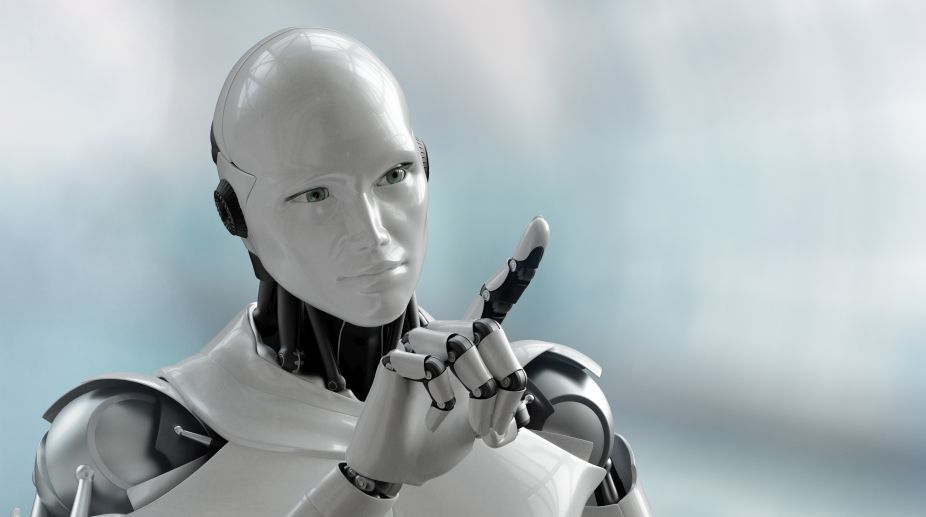Technology new strategic arena of competition, driving geo-political powerplay: Army Chief
The Army Chief said emergency procurement powers given by the Centre has helped the force to modernise itself.

(Photo: Getty Images)
In the future robots will be an integral part of our lives —whether they are in our homes, ensuring our cities run or providing us with advanced automation.
What was once science fiction is now becoming a reality, and the scope for robotics and those who can design and maintain them is astronomical. Robots have the potential to impact on every sector. In manufacturing, these are currently used to perform dull, repetitive tasks with precision and speed, removing human error and keeping up with supply and demand. For instance, in nuclear power plants or in space, it can be dangerous for humans and, therefore, these are needed to complete essential tasks.
In other areas, such as social care and healthcare, it will be able to deal with key issues, such as providing care for an ageing population, which will revolutionise the way medical professionals work, as well as alleviating the skills gap in the health service.
Advertisement
If demand for future robots is going to be met, the number of students studying Science, Technology, Engineering, and Math subjects will need to increase, as will the range of specialisms available for their progression. While Stem subjects allow students to learn a variety of skills desired by employers, it also underpins innovation and future economic growth by preparing the engineers for the prosperous career ahead.
A key feature is the way it interacts with the world around it, how it makes changes through its actions, and how it responds to events. This performs useful tasks, extend the capabilities of humans and reduce risks when operating in hazardous environments. This design is usually based around a four-step feedback loop wherein they sense their surroundings, perceive that environment, plan using algorithms, and perform an action. This is an autonomous function, which typically allows the robot to perform without manual human intervention. A driverless car has a multitude of sensors, as well as perception and cognitive algorithms.
This allows in making informed decisions to fulfill its task, reaching the desired destination while avoiding obstacles. Robotics courses, along with similar control and systems engineering study, offer a broad-based subject. This allows students to become experts in their desired fields while gaining the knowledge to adapt to a wide variety of industries, whether it is automotive, aerospace, farming or marine.
The typical robot of today can be found in any automated production line which incorporates a robotic system. These are manipulators, otherwise known as robot arms, which pick and place objects. It has been highly successful in the past 50 years, transforming automated industry, manufacturing and production lines. However, there is a need now for a new generation of robots that will transform life and society in the 21st century.
To meet this need, qualified engineers will be in huge demand to design these new robots for the smart home, smart city and smart factory. There is so much to develop within the area of robotics and the need for specialist engineers will only grow as robots are further integrated into our living space. The scope of study is varied — including research about the behaviour and how it can work together to perform tasks.
By understanding the way robots learn and adapt, new systems can be developed to make it more independent and autonomous.
Qualified robot and systems, and control engineers make a genuine difference by creating robots, systems, and processes which can help with a range of issues facing the planet. This could be climate change, world food distribution, and monitoring the way cities functions.
This means that graduates are highly employable within engineering or a number of other industries.
(The writer is a senior lecturer, department of automatic control and systems engineering, University of Sheffield)
Advertisement